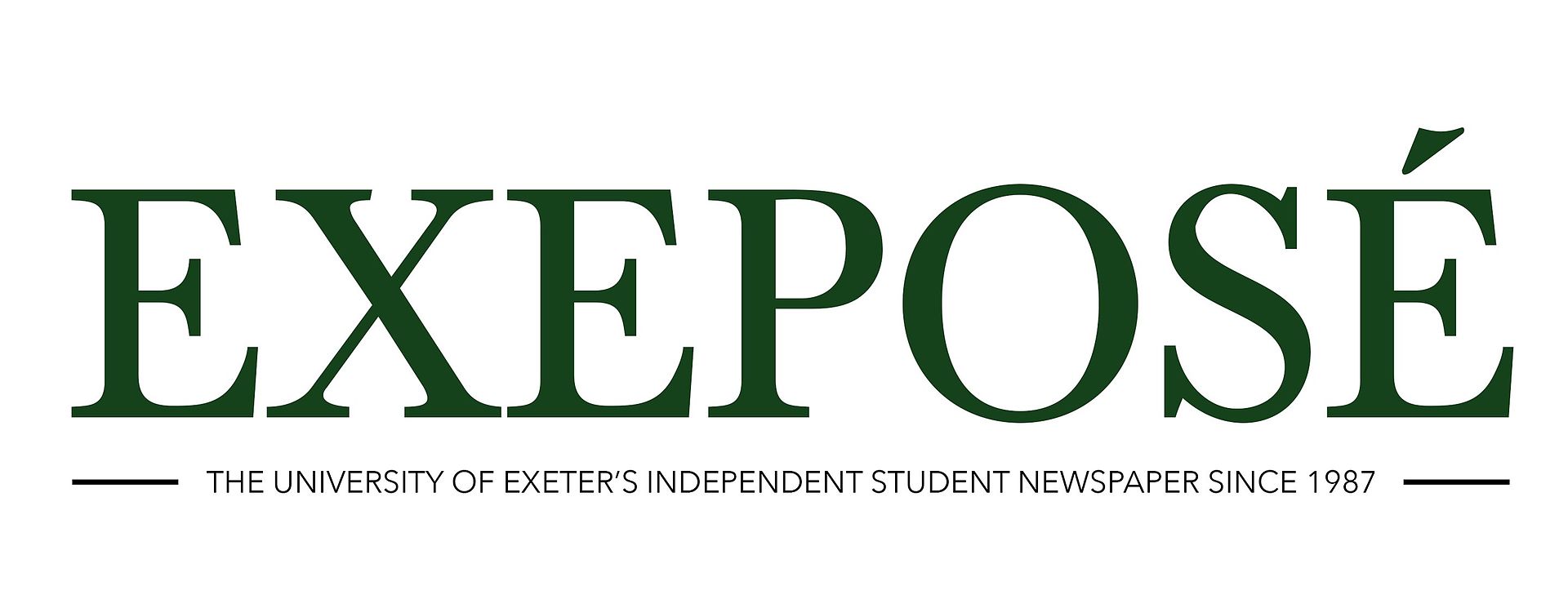If you have been to the campus of Hong Kong University (and you definitely should: the university is set into a mountain and overlooks Victoria Harbour) you will likely have walked past a big, orange pillar outside the main MTR exit and Student Union canteen. It is unlikely that, as a visitor, you would have ventured into this canteen, which has dead ducks hanging by their necks and features £2.50 pork and rice. However, you will have noticed the statue.
This is called the ‘pillar of shame’. Aptly named, the statue consists of a twisting knot of 50 bodies clawing for freedom, representing the victims of the Tiananmen Square massacre in 1989. All of the bodies are naked, with bald, skull-like heads. There are women, men and children – even a curling snake – depicted in the writhing mass of people, representing the universality of suffering and oppression. Perhaps for the same reason there is no obvious ethnicity: the figures are not illustrated as Chinese. Although the bodies lack a specific identity, the base of the statue is clearly carved with the words: ‘The Tiananmen Square Massacre’, ‘The Old Cannot Kill The Young Forever’ and ‘Pillar of shame: a memorial for Tiananmen’. There is no ambiguity about the statue’s statement against human rights abuse and oppressive governments. But what does it mean to have this controversial artwork in Hong Kong?

Image republished with permission of Rebecca Wilson.

Image: Wikipedia
Hong Kong was officially handed to China in 1997 after 156 years of British rule. Until 2047 Hong Kong is only a Special Administrative Region of China, meaning that it is supposed to have its own currency, democracy and legislation. However, Beijing have been gradually encroaching on Hong Kong’s sovereignty long before they are permitted: stopping elected lawmakers from standing, and most recently swinging the election so that the controversial pro-Beijing candidate, Carrie Lam Cheng Yuet-ngor, becomes the new Chief Executive of Hong Kong.
Even if you do not know what the 1989 massacres were about, you will probably recognise the iconic photo of a man standing in front of a tank. In brief, the massacres were the government’s response to pro-democracy and free speech protests that were populated largely by students and journalists in China; an estimated million people took part. The protests and massacres actually occurred all over China, with the Tiananmen Square incident being the most famous. It is estimated hundreds to thousands were killed, but the government has never released accurate figures.
The Tiananmen Square demonstration Was ‘Hong Kong’s political awakening’
The Chinese government have tried to limit discussion of the massacre within China: for example, tightening internet censorship around the anniversary of the event every year. However, they have struggled to exert the same control in Hong Kong. The city continues to be a safe haven for open discussion and condemnation of the topic without the need for obscure online code words. Hong Kong was largely on the side of the demonstrators in the 1989 protests, with hundreds of thousands of Hong Kongers protesting in support and donating food, money, and tents to Beijing students. The Tiananmen Square demonstration has even been cited as ‘Hong Kong’s political awakening’ that helped to inspire the 2014 Umbrella Movement, a fight for universal suffrage in Hong Kong.
The statue is part of a series by Danish artist Jens Galschiot, who was not actually allowed to re-enter Hong Kong when he came for an event commemorating the artwork. It stands at 8 metres tall and is hollow inside, allowing the statue to be moved in two parts. It was originally brown, but painted orange as part of the 2008 ‘The Colour Orange Project’, which highlighted human rights violations in China and raised awareness during the Beijing Olympics. The statue was first erected in Victoria Park for the eighth anniversary of the Tiananmen Square Massacre, coinciding with the year of the handover to China.

Image: Wikimedia Commons

The statue after ‘The Colour Orange Project’. Image republished with permission of Rebecca Wilson
Following a candlelit vigil, university students fought for the statue to be permanently housed on campus and succeeded in moving it at three a.m. after arguments with the university administration. Over the next few months, the two-tonne statue moved around six different Hong Kong campuses, finally returning to Victoria Park for the ninth anniversary of the Massacre. It was at this point that yellow paint was splashed on it, by an artist who said ‘the blood of people is also my blood’. Yellow became the colour of the Umbrella Movement. In 1998, the Hong Kong University student’s union held a poll that had 1,629 out of 2,190 voting in support of housing the statue permanently on campus – exercising their own student democracy to include the icon that is so important to student-led protests specifically.
This is not the only politicisation of space in Hong Kong University campus. There is also a ‘Democracy Wall’, where people can write complaints about the government and university administration. For example, people have written that they fear the new Chief Executive will be another version of the recently impeached South Korean president. On the road outside the main building, large Cantonese writing in white paint reads: ‘the flame of democracy will not be extinguished’. I have also encountered anti-Trump groups selling socialist magazines on campus and inviting people to democracy discussion groups in the city.
the university is a beacon of left-wing resistance in an otherwise struggling postcolonial landscape
Coming to Hong Kong, I was surprised by how much the university is such a beacon of left-wing resistance in an otherwise struggling postcolonial landscape. There is notable tension between mainland immigrants and Hong Kongers. In one of my lectures we discussed Hong Kong’s most serious problems; one member of the class anonymously posted to the board discussion that the solution was to ‘get rid of mainland immigrants’, despite mainlanders being present in the classroom. I have heard that many shopkeepers and restaurant owners will pretend not to hear if you speak to them in Mandarin, while some restaurants are cropping up that have mainland owners who do not speak Cantonese or English (the official languages of Hong Kong).

HKU Campus. Image republished with permission of Rebecca Wilson.
I have had this conversation numerous times since coming to Hong Kong, and many of the people I have spoken to believe Hong Kong should remain separate from China because of the differing political and economic systems – but they also have little hope that it can. One student from Shanghai told me that it was unrealistic to hope for Hong Kong’s independence, because the city is so dependent on the mainland for fresh water, electricity and resources. It is improbable that Beijing would negotiate a deal to continue the exchange of resources if Hong Kong managed to create their own bill of rights and achieve complete sovereignty.
This creates uncertainty around the future of the Tiananmen Square Massacre statue, and particularly its home on a prestigious university campus, as the final phase of reintegration with China approaches.


